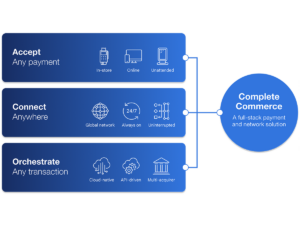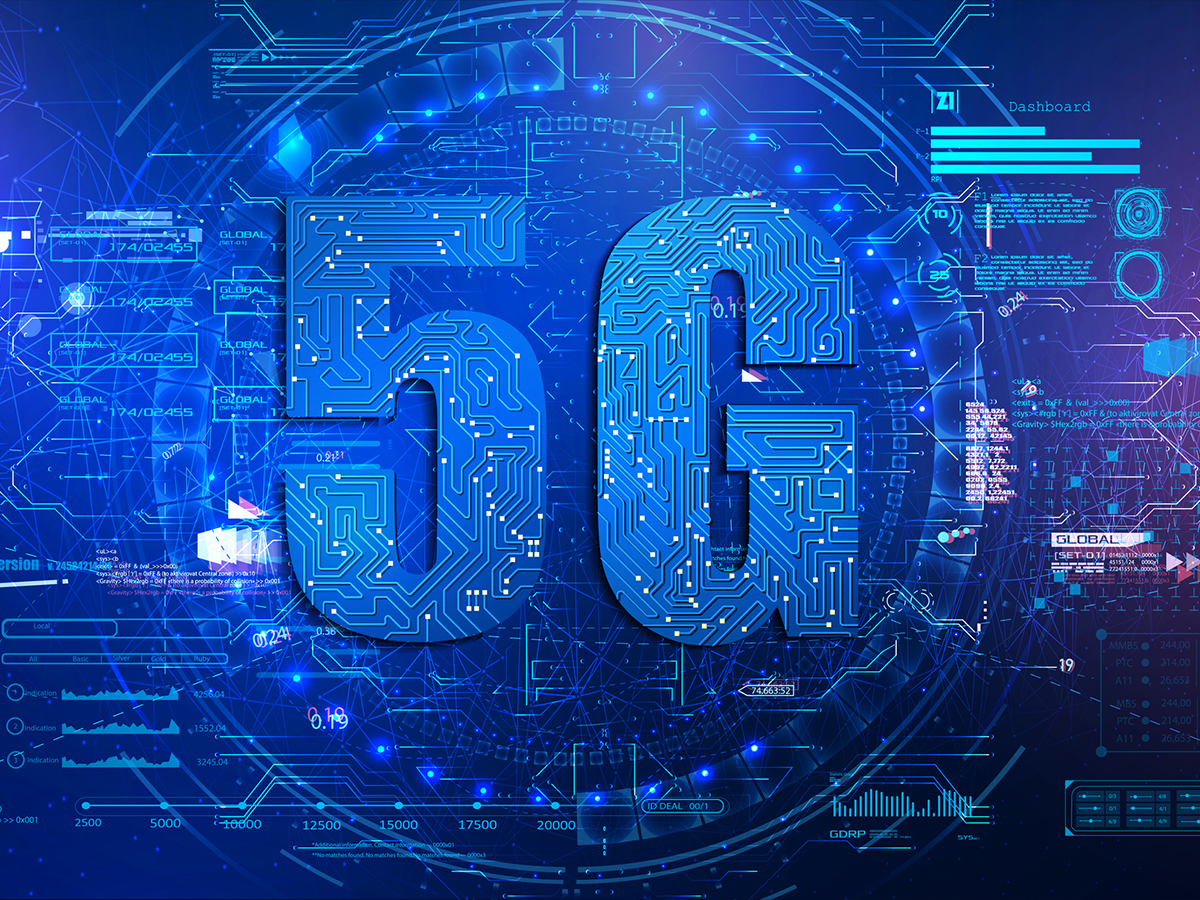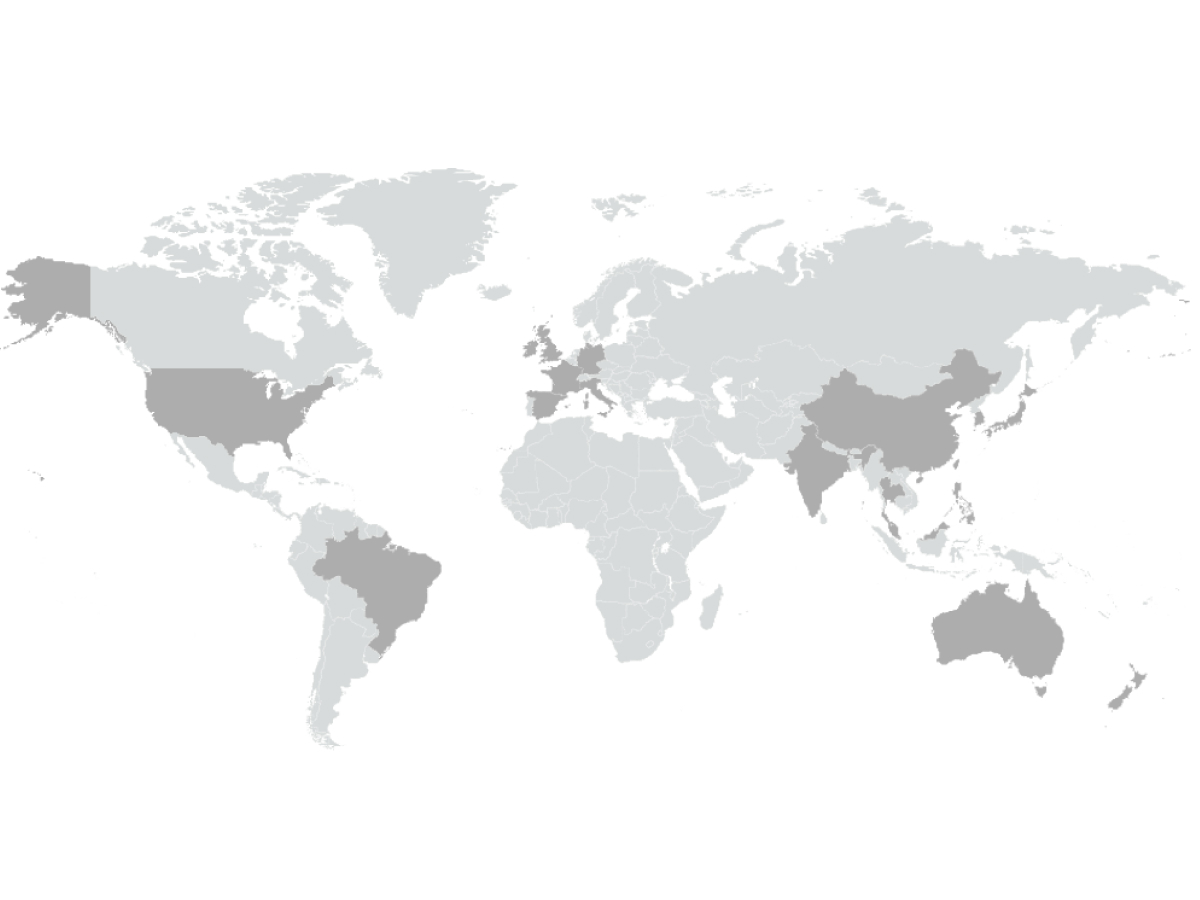Throughout our 5G blog series, we’ve touched on different attributes that will change the telecom game such as network slicing, and the billing and charging evolution (BCE).
But what we don’t know is what the future holds when it comes to blockchain’s role in 5G. While there are potential benefits to the coupling of two of the most talked-about solutions in today’s tech world, this blog will explore whether or not it’s truly necessary.
The idea behind utilizing blockchain is that service providers would be able to eliminate certain parts of their supply chain, ultimately saving costs down the line. In order to fully reap these benefits, though, carriers would have to go headfirst and fully adopt the technology, which is logistically difficult if their current partners aren’t making the same steps at the same time.
The movement to couple blockchain technology with telecom operations isn’t new. Operators attempted to tie BCE with blockchain when it was first rolled out, but service providers quickly discovered that their offerings didn’t really need blockchain because there isn’t a universal requirement to make sure a ledger is done once and will not be modified.
If a business need for blockchain develops, then the requirements would need to be presented and approved by the Wholesale Agreements and Solutions (WSOLU) and Interoperability Data Specifications and Settlement (IDS) GSMA groups. The WSOLU group is responsible for the development of and maintenance of charging models for both roaming and interworking and the IDS group has overall responsibility for supporting the inter-operator business/wholesale charging framework.
However, there are certainly potential benefits to coupling 5G and blockchain even though these benefits are probably a long way off.
On a 5G network, blockchain could be used for security, dynamic roaming and user-to-user mobile payments methodologies. Carriers would benefit because transaction details would be recorded in the blockchain providing things like smart contract triggers, provenance, immutability and the potential to move billing and settlement into an autonomous system. With these innovations, service providers would be able to sign into the blockchain ecosystem, see the bandwidth their customers are utilizing – both from the service provider itself and from roaming partner networks – and gain granular insight into their activity, ultimately boosting operational efficiency.
End users would also be able to have their own profiles and could dynamically adjust their data utilization preferences. For example, they could adjust their data utilization for different times of day, enabling them to automatically connect to the best network available based on personal preferences. All of this information would be securely stored on the blockchain and would be shared with the service provider for billing reconciliation.
Some say that pairing 5G with blockchain is a solution looking for a problem while others disagree and say it’s the way of the future. While there are pros and cons on both sides of the argument, I posit that it’s important to look beyond blockchain as a flashy “silver bullet” and evaluate whether or not this investment would be worthwhile from a client service perspective.
The fact of the matter is that blockchain is an expensive technology for telecom carriers to implement and onboard. With operators looking to drive down incremental costs, many are planning to keep the low-cost and reliable solution they and their roaming partners are already using: XML. As background, XML is a solution that meets all of the business requirements that were presented to the WSOLU and IDS GSMA working groups.
Nicole Pettibon is Senior Product Manager at TNS with responsibility for its billing, clearing and settlement solutions.






